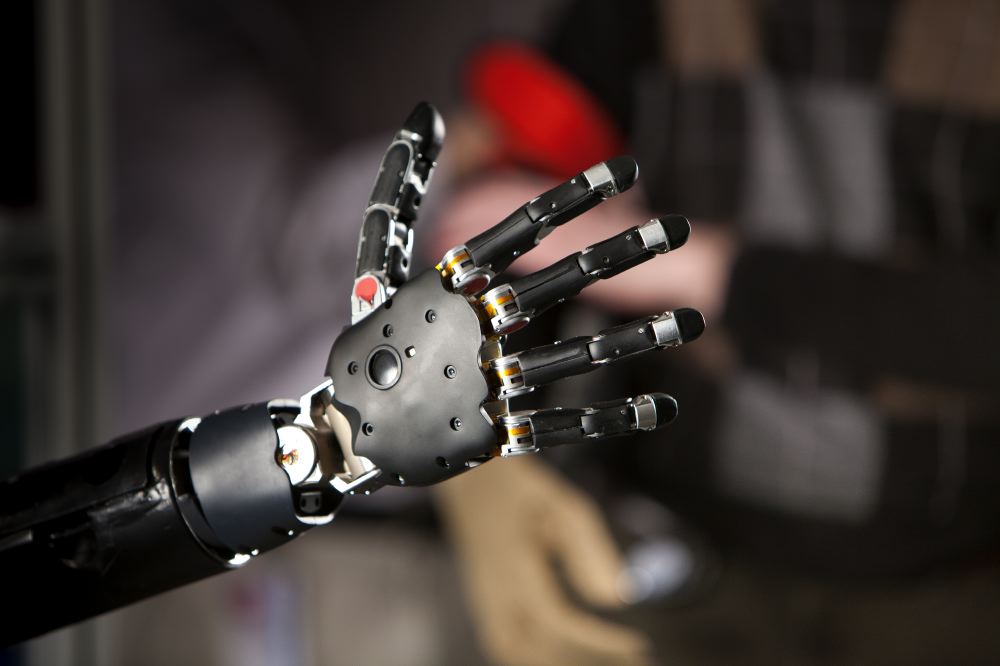This post is also available in:
 עברית (Hebrew)
עברית (Hebrew)
Soft robotic capabilities and manufacturing at the point of need are among the US Army’s top research priorities. Newly-developed 3-D printed robotic structures can squeeze in tight spaces like a crack in the wall of a cave, jump over tripwire or crawl under a vehicle — all complex Army-relevant functions impossible for humans to perform safely.
Investigators at the Army’s Institute for Soldier Nanotechnologies (ISN), located at MIT, have developed a 3-D printing platform that can enable both the modeling and design of complex magnetically actuated devices. ISN’s mission is to help the Army dramatically improve the protection and survivability of the Soldier by working at and extending the frontiers of nanotechnology.
The technology utilizes a 3-D printing platform fitted with an electromagnet nozzle and a new type of 3-D printable ink infused with magnetic particles.
The findings could lead to new biomedical applications, magnetic ink optimized to strengthen soft robotic functionality, and new on-demand flexible material systems for integration into Soldier systems.
This research provided new insight on ways to cause fast changes in 3-dimensional shapes of parts such as robot’s limbs, said research manager, Dr. Aura Gimm. “The MIT group demonstrated this success using auxetic metamaterials — synthetic composite materials that have an unusual internal structure and the unusual property that when exposed to external magnetic actuation, they shrank in both longitudinal and transverse directions.”
“Such complex shape-morphing structures could have great potential for the Army, because they may help create soft robots – robots with pliable limbs similar to natural organisms. Compared to the current generation of rigid robots, soft robots could move much more dexterously on a complex battlefield terrain,” said Army Research Laboratory Dr. Alex Hsieh.
Functions demonstrated from these complex shape changes include reconfigurable soft electronics, mechanical metamaterial that can jump, and a soft robot that can crawl, roll, catch fast moving objects or deliver pharmaceuticals.
Although other groups have fabricated magnetically activated materials to accomplish simple movements, this new approach enables both the modeling and the design of magnetically controlled device sections to perform complex Army-relevant soft robotic tasks.


























